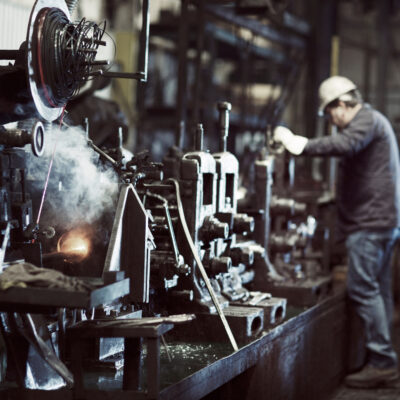
RECOMMENDED READING
As Michael Lind points out, local content requirements (LCRs) have often been used to achieve employment, industrial development, and technology policy goals. LCRs primarily target input demand, and China has arguably been quite successful using them. One might question how much of this success was temporal because it came at a time of rapid growth of China’s domestic market and thus powerful incentives for foreign manufacturers to invest and build local supply infrastructure. Chinese LCRs also translated into gains in production efficiency because they had the effect of shortening the supply chains of inputs for product assemblers while reducing input costs and improving manufacturing flexibility. Foreign input suppliers in turn could also reduce their costs and increase their sales by localizing in China. Those aspects will probably not work for the U.S. because many of the intermediate inputs will cost substantially more as part of a switch to domestic suppliers, or if foreign suppliers are forced to localize. More broadly the risk is that LCRs generate indirect costs and make American firms less globally competitive.
Some argue that tariffs or subsidies are a lesser evil, and I think Lind points to the direct relationship between subsidies and gluts. The oversupply of world markets by Chinese steel and aluminum producers is a good example supporting his arguments. Therefore, a narrower strategic approach focusing on sectors with clear national security implications might be more sustainable.
Recommended Reading
On Domestic Sourcing
Local content requirements offer a simple intervention with benefits that its prohibitionist detractors ignore.
Diplomatic Considerations for LCRs
A Response to Michael Lind
Policy Brief: Local Content Requirements
Spur private investment, innovation, and competition by guaranteeing demand for domestic production












